Understanding Venice’s Tourist Tax: The €5 Day-Trip Charge Details
Renowned for its stunning canals, remarkable architecture, and exquisite cuisine, Venice has established itself as one of Italy’s top tourist hotspots. Nevertheless, concerns surrounding overtourism prompted the implementation of a tourist tax for day visitors on peak days in 2024, a measure that will continue into 2025 — expanding to cover nearly double the days.
From April to July, on 54 specific days, up from 29 the previous year, tourists without overnight accommodations must pay €5 (£4.20) to enter the historic city of Venice. Those who make last-minute travel arrangements, specifically within four days of their visit, will incur a higher fee of €10 (£8.40). This charge extends to the islands of Giudecca and San Michele but excludes the lesser-known islands of the lagoon, such as Murano, Burano, and the Lido.
Visitors are required to pay between 8:30 AM and 4 PM on designated dates, with several exemptions available, including those staying at hotels (though a separate exemption must be requested). If you’re planning a trip to La Serenissima this summer, here’s what you should be aware of regarding the Venice Access Fee.
When was the tourist tax initiated?
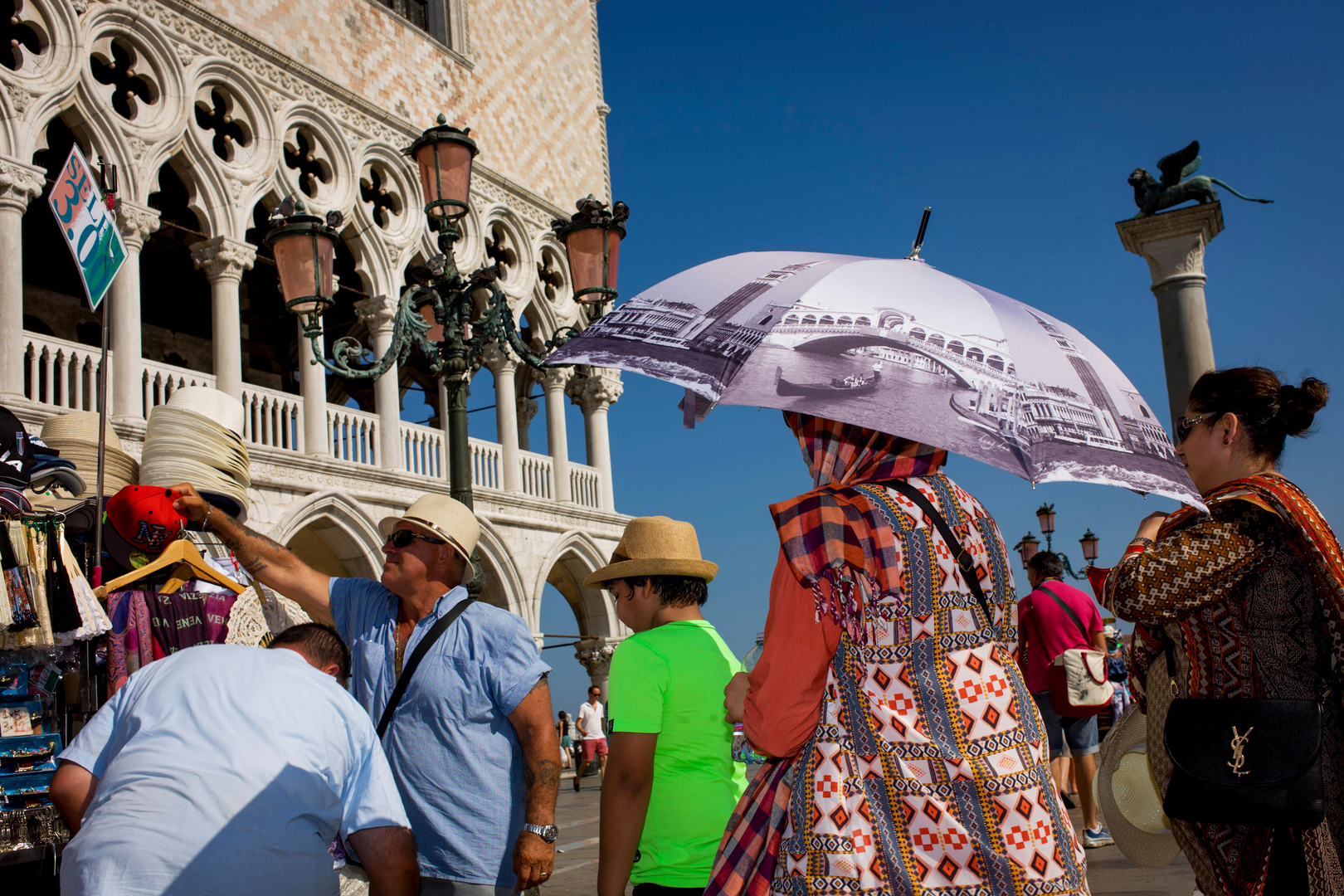
The Venice Access Fee is a newly implemented tax aimed at day visitors, which began as a trial in April 2024 and has now been extended into 2025. It specifically targets day-trippers visiting the old city between 8:30 AM and 4 PM on selected days — note that a different tourist tax applies for those staying overnight.
The dates during which the tax remains applicable in 2025 include:
• June 13, 14, 15, 20, 21, 22, 27, 28, 29
• July 4, 5, 6, 11, 12, 13, 18, 19, 20, 25, 26, 27
Visitors arriving on other dates or after 4 PM won’t need to pay the fee. Additional exemptions are also in place (details below).
How should the Venice Access Fee be paid?
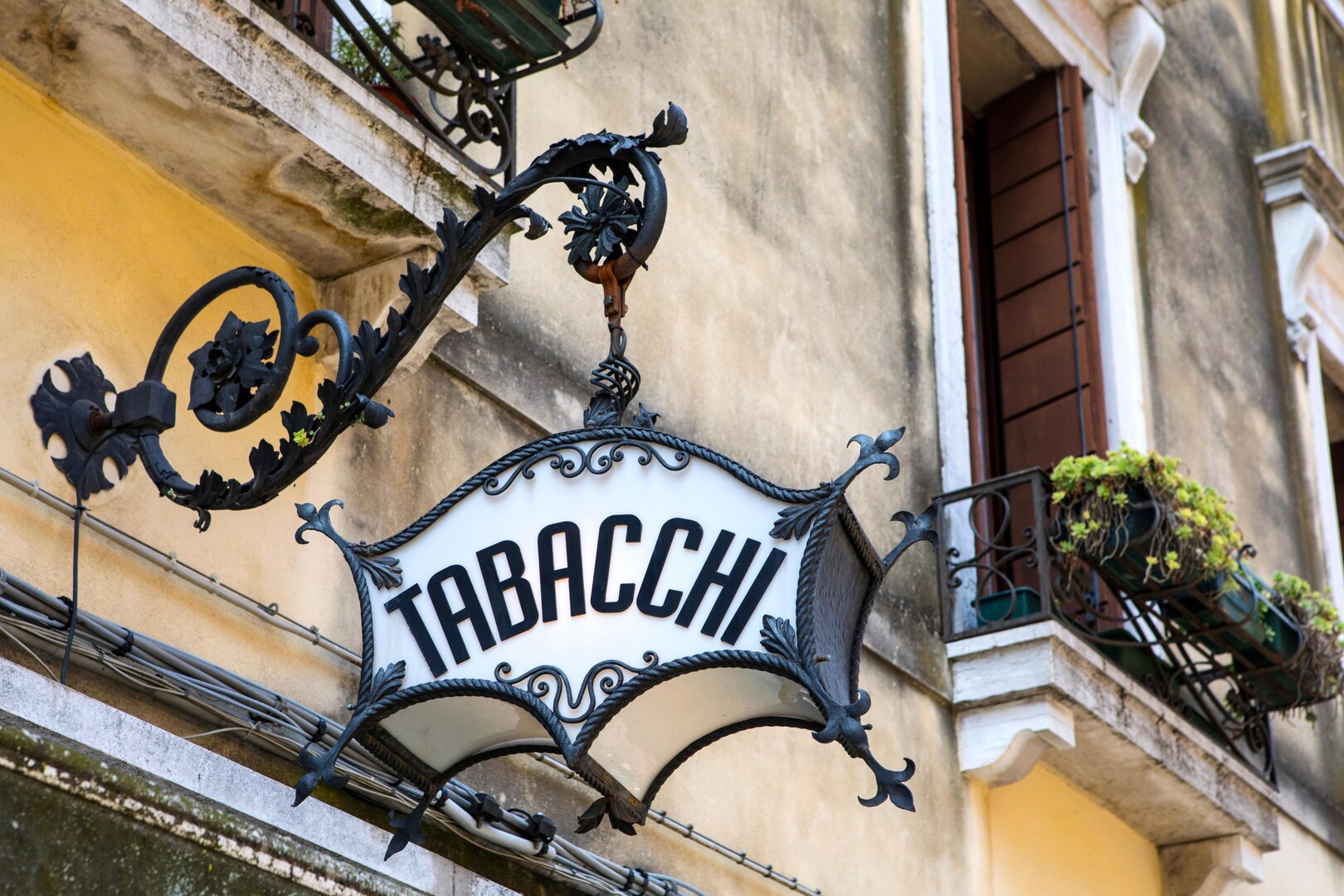
Tourists are encouraged to make payments ahead of their visit on the official Venice Access Fee website (cda.ve.it). The process is simple: select your visit date, then input the number of individuals in your group (up to ten adults with names), along with your contact information. Children under 14 are exempt from the fee, although you must still register them (names not required). Payments can be processed via credit card or PayPal, and a QR code for city entry will be issued to you.
Refunds are available for bookings cancelled up to the day before your visit. If the website is inaccessible, payments can be made at PuntoLis-associated tobacconists within three days of your visit, albeit at the increased rate.
City officials will conduct checks on day visitors. Not having a QR code or exemption voucher may result in fines of up to €150. Each individual must possess their own copy of the voucher.
Are overnight visitors exempt from the tax?
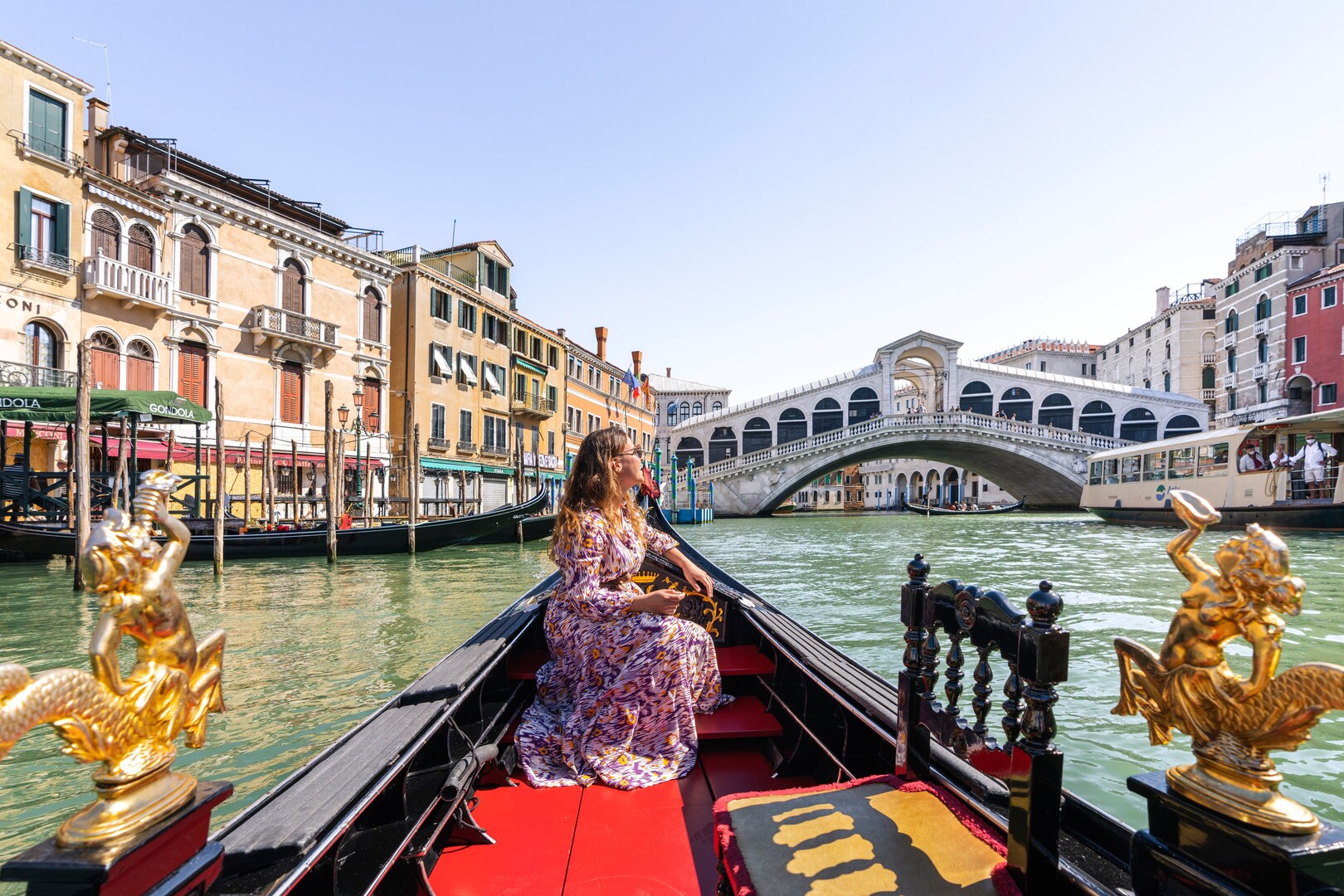
While overnight visitors do not have to pay the Access Fee, they are subject to an accommodation tax introduced in 2011. This fee applies to a variety of lodging types, including hotels, B&Bs, and Airbnb rentals. Additionally, overnight guests must obtain an exemption voucher for the Access Fee.
The accommodation tax ranges from €1 to €5 per person per night for the first five consecutive nights, depending on factors like the season and type of accommodation. Children under ten and disabled visitors are exempt, while those aged ten to 16 benefit from a 50% reduction.
Who qualifies for exemptions from the Venice Access Fee?
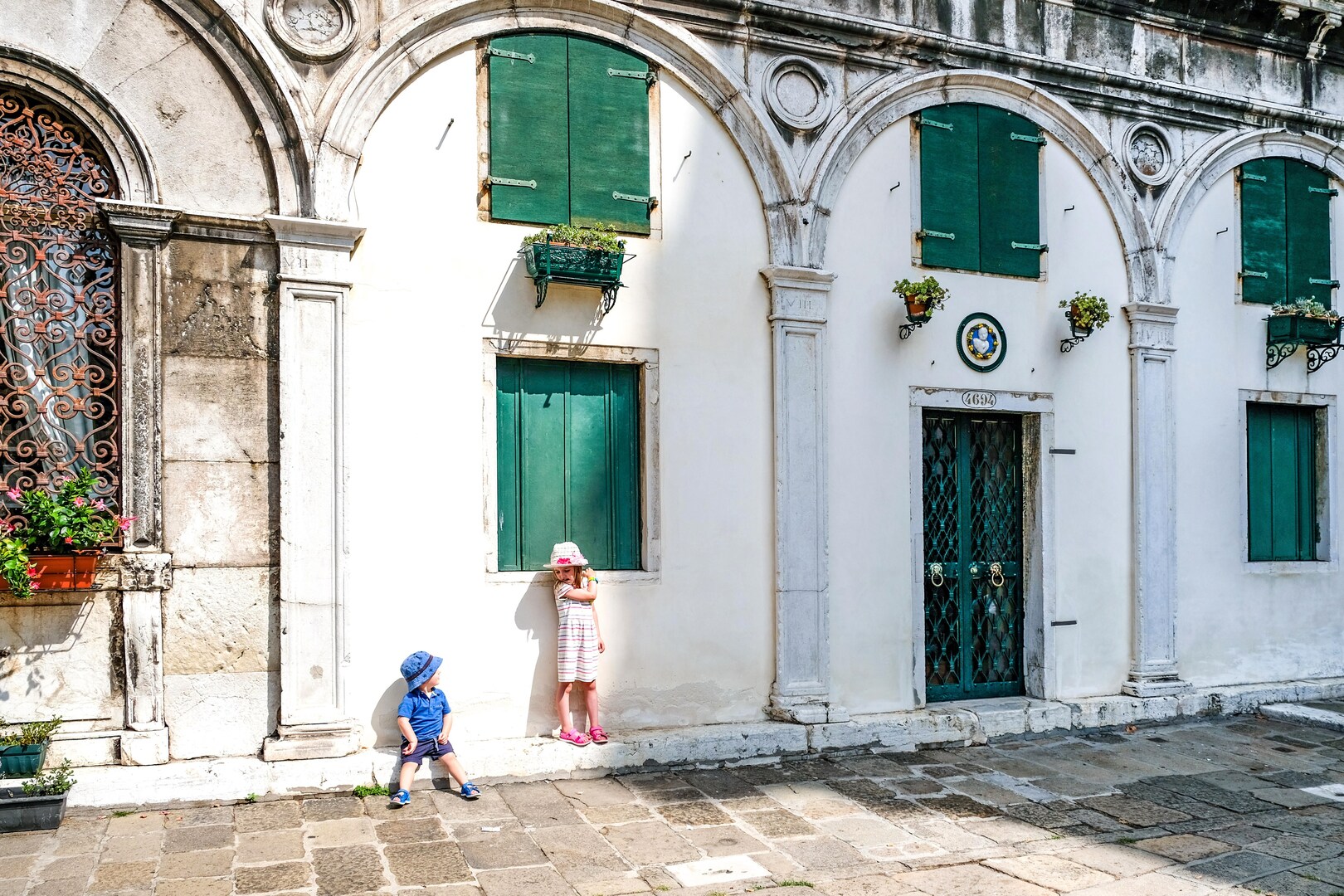
Not everyone entering the historic city is subject to the Venice Access Fee. Even if exempt, some individuals must apply for an exemption voucher ahead of their visit. This voucher can be acquired via the official website.
Certain exemptions do not require a voucher, including:
• Children under 14 (age verification may be requested; you must still register them during booking, at no charge)
• Disabled visitors and their caregivers (disability documentation might be required)
• Residents of Veneto and individuals born in Venice
• Students enrolled in institutions within the historic city or its minor islands
• Travelers passing through, such as those arriving by road at Tronchetto or Piazzale Roma, or via rail at Santa Lucia station. This also applies to individuals changing ferry lines to visit minor islands where the fee does not apply.
Exemptions for which a voucher application is necessary include:
• Tourists staying overnight
• Relatives of residents up to the third degree (e.g., great-grandparents, aunts, uncles, nieces, and nephews)
• First-degree relatives of property owners
• Athletes participating in certain sports events
• Specific school excursions
Reasons Behind Venice’s Tourist Tax

Venice has faced significant issues with overtourism, which has led to deterioration of the city’s delicate structures and challenges for residents. The accommodation tax introduced in 2011 aimed to address these issues, using part of the proceeds for necessary repairs and restoration. Additionally, in 2021, the city prohibited medium and large cruise ships from docking in its historical ports, shifting their arrivals to the mainland.
The day visitor tax was initially tested in 2024, reportedly generating €2.4 million (£2 million) that year alone.
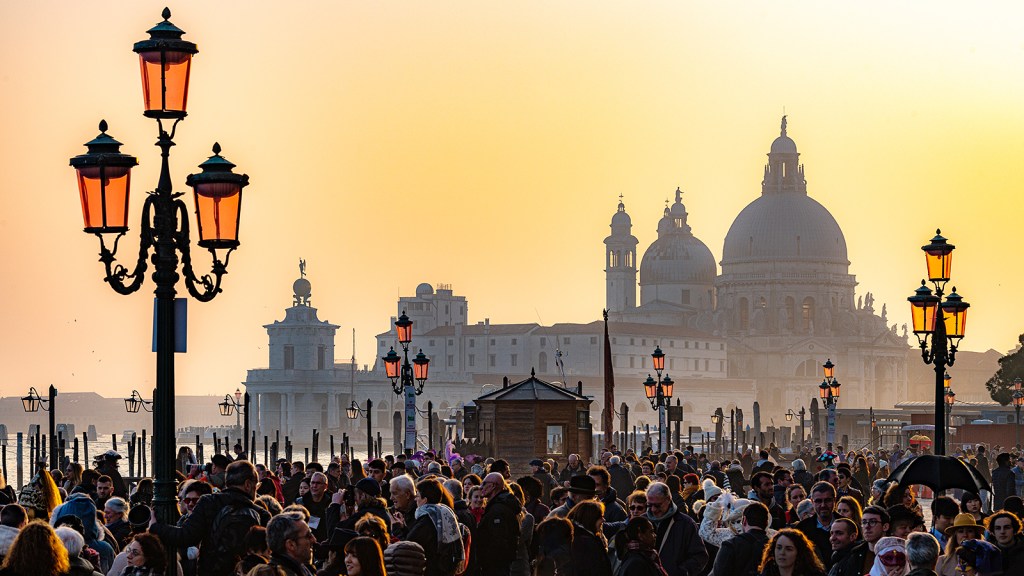


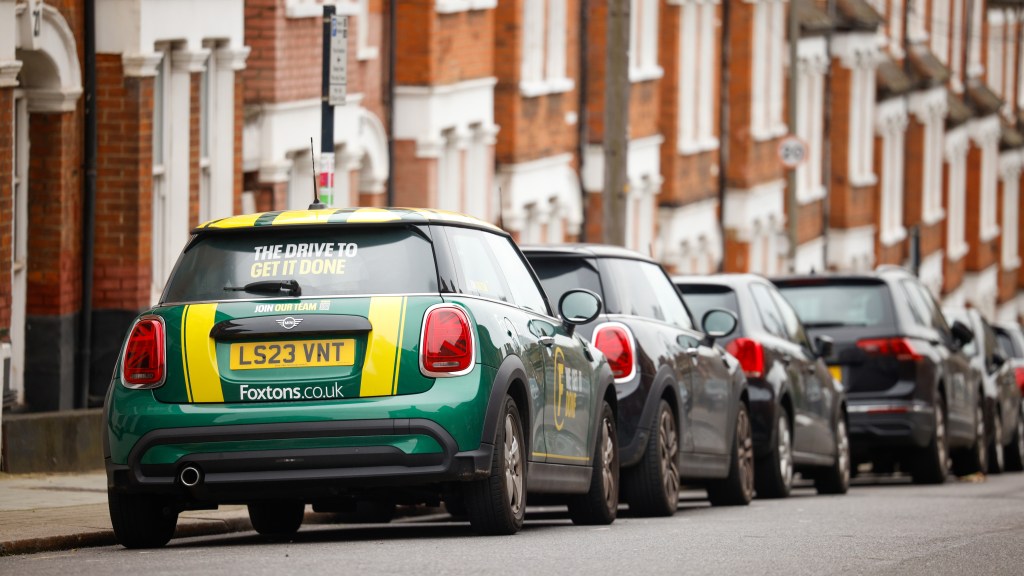
Post Comment